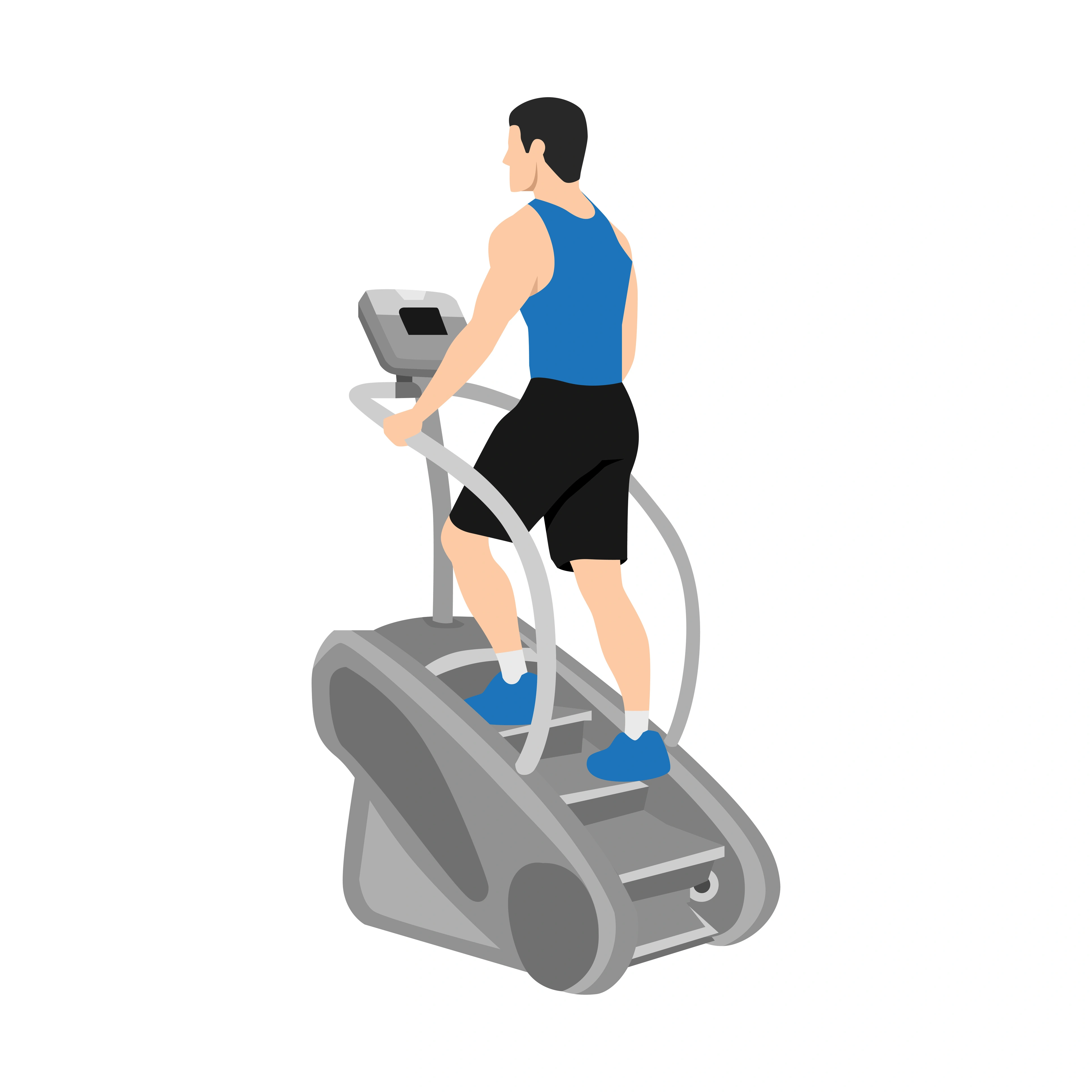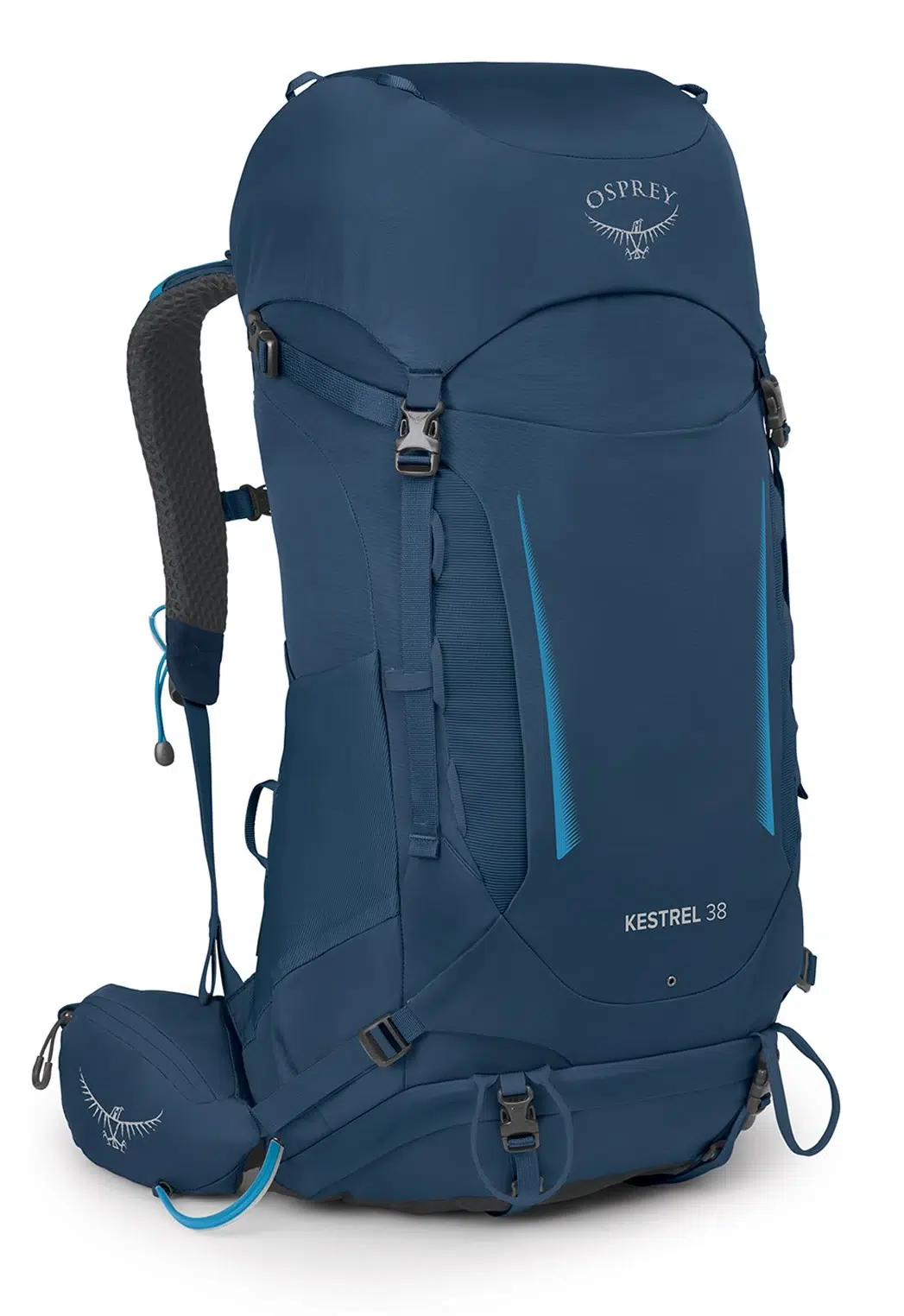Of course you should get a fitness test for any climbing trip. The first thing you need to do if you are considering a climbing expedition is to consult your doctor and get clearance for any escalation in training or adding of stress on your body. Secondly, get a personal fitness test so you can understand your current fitness level. Thirdly, with the results of the fitness test you can understand the specific heart rates you need to be training in. Finally, start mapping out how you are going to approach your training and preparation. Assess the technical skills needed for your chosen adventure. From here you start building on and progress your training. Read some REVIEWS from our trips.
Understand Heart Rate Zones
Heart Rate Zones help you train specifically for your mountain expedition. If you are planning on climbing a mountain above 6,000m/ 20,000 feet we recommend you take a VO2 MAX test. Taking this test will help you formulate a training plan so you can maximize your chances of success. Likewise, this well also give you an idea of how you you are performing. So yes, we do think you should get a fitness test for climbing.
You will have 5 different heart rate zones, and these will be specific to you. These training zones will help you train correctly. Therefore, you should go and get an active metabolic assessment and adjust your training to suit your mountain climb.
The Different Zones
You need to balance workouts and recovery therefore, all zones should be used each week as part of your training routine.
ZONES 1–2 Burns the most fat and should be 80% of your cardio. You will also notice that you are able to exercise longer at a lower heart rate. Should be 80% of your cardio and you should be doing longer workouts in these zones (30–60+ min). However, too much time in this area can cause staleness and plateaus in your training.
ZONES 3–5 Improves cardio strength. Should be 20% of your cardio. Your body will adapt and your zones will change. It will be important to retest to avoid plateaus. You will notice your heart rate lowers more quickly or doesn’t rise as high during hard work. 20% of your cardio should be shorter workouts. These sessions should consist of interval training within these zones after warm-up. As you use your zones, you can increase the amount of fat you burn.
Zone 1
This is the zone that improves your aerobic base. In this heart rate zone your body most efficiently burns fat. The base camp zone also helps with your endurance training and recovery workouts. Zone 1 Promotes fat-burning and aids in recovery from days of more intense exercise. You could do this for hours.
Zone 2
Zone 2 trains your body to burn fat efficiently and improves endurance. Your breathing is heavier, but you’re fairly comfortable. This zone is good for burning fat and endurance for trekking and climbing.
Zone 3
Zone 3 increases your tolerance for anaerobic training, Improving your anaerobic threshold. Your breathing is heavy when you’re working hard. This zone is good for fat burning, cardio training and exercise tolerance and all mountain climbing trips.
Zone 4
Zone 4 is the point at which your body shifts from burning mostly fat to mostly carbs. This is good for interval training and circuit style resistance. In this zone you are increasing your peak VO and anaerobic threshold. You feel winded and you’re pushing yourself very hard. It is therefore good for Cardio training and speed training for steep climbing pitches.
Zone 5
In zone 5 you will be Increasing your peak VO along with your anaerobic threshold. You can barely catch your breath. You’re at your body’s absolute max. Good for sprinting, fat and card burning steep climbing and long sections of mixed climbing. When your heart rate goes up, you burn more and more calories, but fewer and fewer Calories from fat. One of the keys to successful health and weight loss is finding the sweet spot where your body burns the most Calories from fat.
Nutrition
We tend to burn more of what we eat, so reducing carbohydrate intake and getting adequate healthy fats can help increase fat burn during exercise.
Recovery
Allow yourself recovery time after days of intense exercise. Exercise smarter, not harder. Fat & Carb Burn, your body’s stored calories. Think of it as the gas tank that supplies the engine — your body — with fuel. Fat and carbohydrates as a result, are what fill your tank.
Body’s Have More Fat
Within your body, fat stores are considerably larger than carbohydrate stores. Despite the broad use of the word “fat” to describe all body fat, there are actually several different types of fat in your body. Some types of fat can have a negative effect on your health and contribute to disease. Others are beneficial and necessary for your health.
Fat Has More Energy
Breaking down 1 unit of fat yields 9 times more energy than breaking down 1 unit of stored carbohydrate.
The standard measure of cardiovascular fitness potential. VO stands for “Volume of Oxygen.” Your VO Score is the maximum amount of oxygen your body is capable of using at any one time. The more in shape you become, the more oxygen your body will be able to use, and therefore the longer and harder you’ll be able to work out.
Range for a 42-Year-old Male
VERY POOR <30.2
POOR 30.2 – 33.5
FAIR 33.6 – 38.9
GOOD 39.0 – 43.7
GREAT 43.8 – 48.0
Improving Your Score is important. A higher VO2 score without a doubt, correlates to a decreased/lower risk of cardiovascular diseases.
Warm-Up
Warm-up exercise is very important to your regular workout. Completing this warm-up prior to most exercise will be important for 3 reasons. Firstly, you will burn more fat during your workout. Secondly, you will lower your risk for injury. Finally, it will be easier and more comfortable to sustain higher intensities. Your Total warm-up should be 8-10 minutes.
Healthy Way of Life Tips
Movement
10,000 Steps, equivalent to 5 miles of movement throughout the day. WHY? Depending on your height and weight, 10,000 steps per day can burn between 300 and 500 Calories. Rule of Thirds: Do some form of movement during each third (6 hours) of the day. WHY? Your metabolism powers down if you stop moving for too long. Moving wakes it up.
Nutrition
Firstly, limit carbs and starchy veggies to 1/2-cup servings at meals, half the size of your fist. WHY? Reducing carbs will help blood sugar control, cholesterol levels, and daily energy. Secondly, berries are best. Limit fruit to 1 to 2 servings daily, preferably berries. WHY? Fruits other than berries tend to have a high sugar content, and berries are a great source of antioxidants and fiber. Thirdly, half your weight in water consume at least one-half your body weight in ounces of water daily. A 150-pound person should drink 75 ounces of water a day. WHY? Staying hydrated enhances metabolism and decreases daytime fatigue.
Finally, eat lean protein at each meal. WHY? Protein is needed to maintain and build muscles. Unlimited Veggies! Fill half your plate at each meal with non-starchy vegetables. WHY? Veggies are low-calorie, high-fiber and nutrient-rich. The antioxidants and phytochemicals they contain may further reduce your risk for cancer and inflammation.
Reduce or eliminate processed foods. WHY? You’ll decrease your exposure to preservatives, artificial ingredients, and toxins that could interrupt your endocrine function or your metabolism. Likewise, don’t overdo It when it comes to food. Stop eating when you feel 80% full. WHY? It takes time for your stomach to signal your brain that you’re full, so if you stop eating when you’re 80% full, you’ll feel full soon after you stop eating.
Sleep
8 Hours a Night Sleep is the body’s chance to recover and repair. WHY? Your body will be able to readily adapt to the changes you’re creating by exercising when it is fully rested. Get on a Schedule A standard bedtime routine, in order to help increase melatonin. Improve your bedtime routine by limiting light and decreasing exposure to electronics like tablets and computers.
Mood and Stress
Lower Stress, Lower Cortisol It’s easier said than done, but try to be conscious of the areas in your life that cause stress, and reduce or eliminate what you can. Meditation, yoga, or quiet time can help, too. WHY? If you can address your main areas of stress it will not only but also, help lower your cortisol levels. Elevated cortisol contributes to inflammation, aging, and other issues. Smile, laugh & hug. They are good for you and they are fun, too. WHY? Smiling lowers your blood pressure and boosts your immune system. Laughing and hugs release oxytocin, a hormone that can counteract cortisol, calm your body, and even reduce food cravings.
Fitness Technology
You should use a Heart Rate Monitor, Activity Monitor & Sleep Monitor. Get reassessed every 3-6 months. It is key to achieving continued results. As you begin to implement your nutrition and exercise plans, you will notice things might feel different when you exercise. You might not be able to reach the heart rates in your zones, or the way you feel in each zone may be different than how you felt before. Or you may notice that you can do more work in each zone than previously. When this happens, it’s time to reassess because your zones and other key markers may have changed. This will also change your Action Plan.



